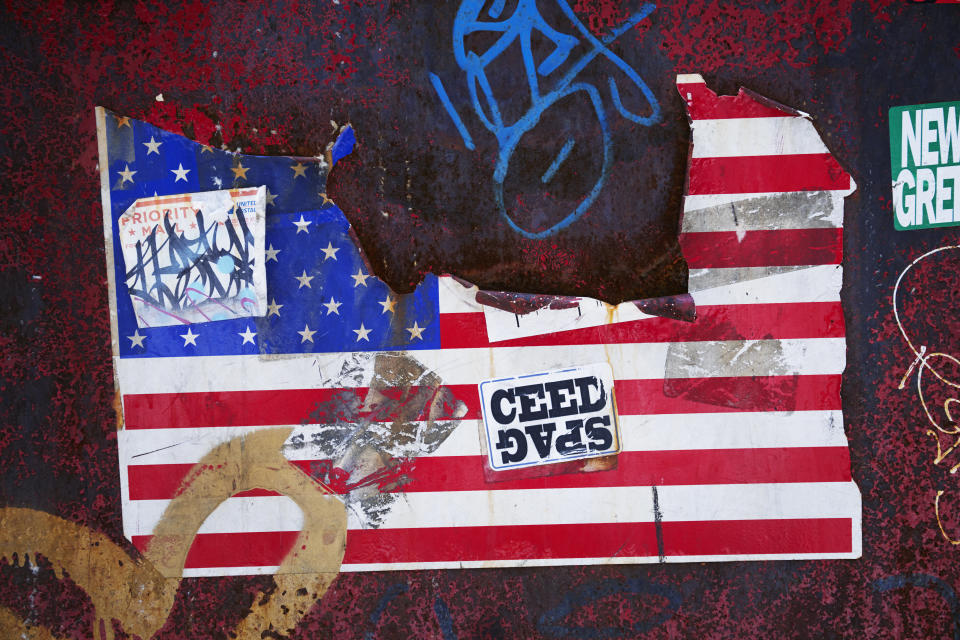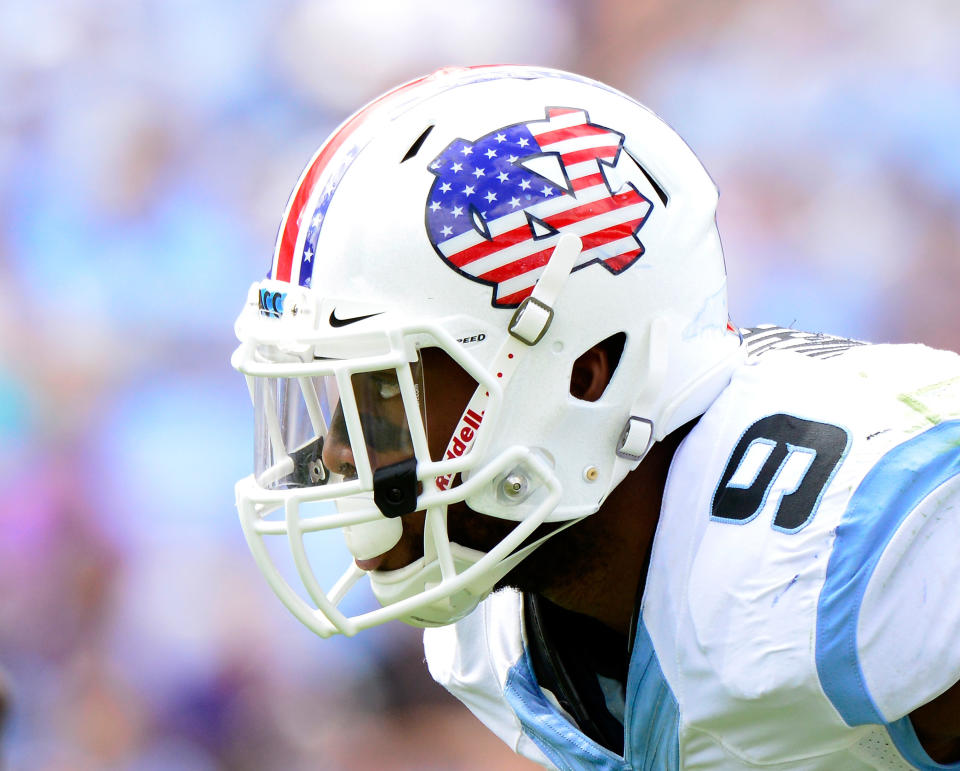Here Are Some Ways People Disrespect The Flag Daily Based On Flag Code
President Donald Trump accused athletes on Friday of disrespecting the American flag when silently protesting by kneeling or sitting while the national anthem is played.
On June 14, 1923, or Flag Day, a federal code was put in place that would serve as a guideline for how to handle the American flag. A viral Twitter thread brought the almost century-old standards back into the spotlight on Saturday. There are several sections in the code about proper national anthem conduct, how to display the flag, and how to respect the flag in general.
The code does state that everyone during the national anthem, “all present except those in uniform should stand at attention facing the flag with the right hand over the heart,” but the guidelines are not legally binding ― more like official suggestions about how to treat what the code calls “a living thing.”
Here are some things that Americans do on a regular basis that are considered disrespectful according to the Flag Code:
American flag clothing

“The flag should never be used as wearing apparel, bedding, or drapery. It should never be festooned, drawn back, nor up, in folds, but always allowed to fall free.”
That means every American flag swimsuit, button-up shirt, and even those famous Old Navy flag shirts, can be considered disrespectful.
The flag shouldn’t be carried flat

“The flag should never be carried flat or horizontally, but always aloft and free.”
Most people know the flag should never touch the ground, but few know that it has to be displayed vertically. Maybe it’s a nod to the lyric that had the flag “gallantly streaming” in the air. Whatever the case, an unfurled flag that sits flat is a disrespect to the Flag Code.
Drawing on the flag

“The flag should never have placed upon it, nor on any part of it, nor attached to it any mark, insignia, letter, word, figure, design, picture, or drawing of any nature.”
This one seems pretty self-explanatory. Most people understand that drawing on the symbol of the country will probably be seen as disrespectful. But freedom of expression is a constitutionally protected right, so artists (and the rest of us) are still free to make that choice.
Disposable flag products
Love HuffPost? Become a founding member of HuffPost Plus today.

“It should not be embroidered on such articles as cushions or handkerchiefs and the like, printed or otherwise impressed on paper napkins or boxes or anything that is designed for temporary use and discard.”
Sorry to put a damper on probably every Fourth of July cookout ever, but if the paper plate supporting that juicy burger has a flag on it, the Flag Code says that’s disrespectful.
Flag advertisements

“The flag should never be used for advertising purposes in any manner whatsoever.”
If a business or company is using a flag in its advertisements, that’s yet another disrespectful gesture. A flag printed on a disposable flier is probably a double offense.
Flag uniforms

“No part of the flag should ever be used as a costume or athletic uniform. However, a flag patch may be affixed to the uniform of military personnel, firemen, policemen, and members of patriotic organizations.”
It seems like sports teams are running afoul of the guidelines by putting the flag on uniforms. The only way to respectfully wear the American flag on a costume is with a “patch” on the side of the uniform for service members, firefighters and police officers, according to the code.
This article has been updated to include more details about the code’s legal standing and its rules about conduct during the national anthem.
This article originally appeared on HuffPost.

